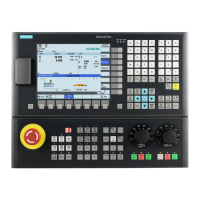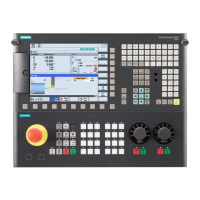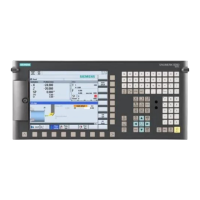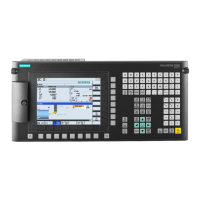List of the INI Files
A.16 MBDDE.INI
HMI Advanced (IM4)
302 Commissioning Manual, 03/2009, 6FC5397-0DP10-3BA0
DisableSenderOfMmcAlarm2=PLC
DisableSenderOfMmcAlarm3=
DisableSenderOfMmcAlarm4=
DisableSenderOfMmcAlarm5=
DisableSenderOfMmcAlarm6=
DisableSenderOfMmcAlarm7=
DisableSenderOfMmcAlarm8=

